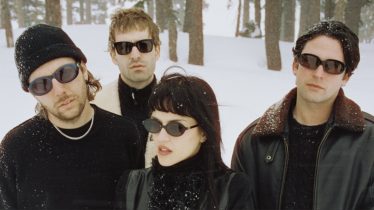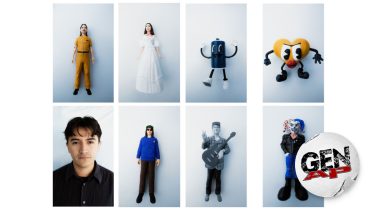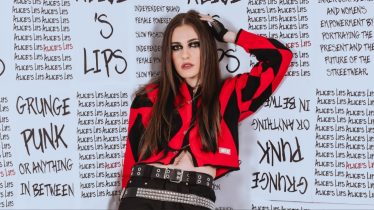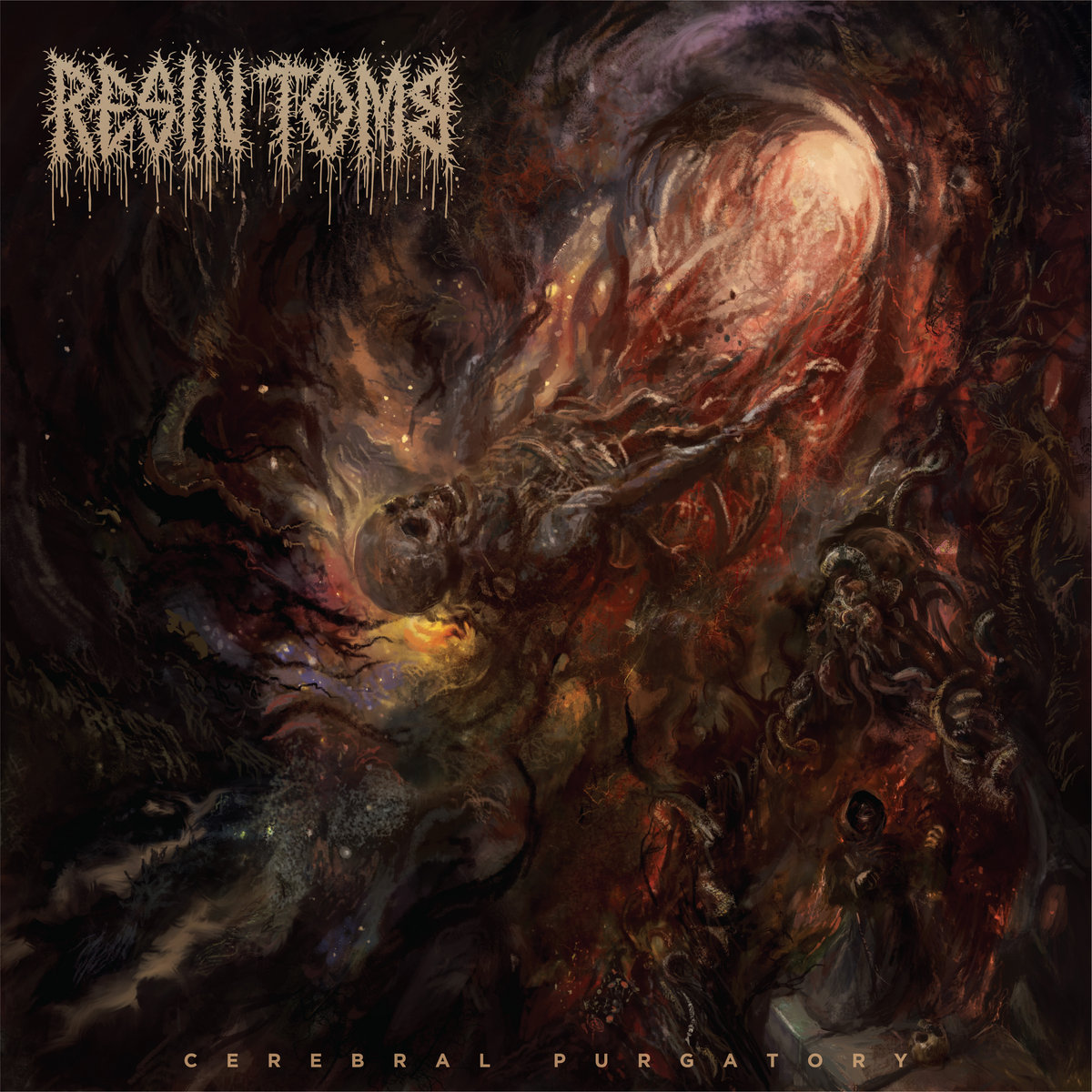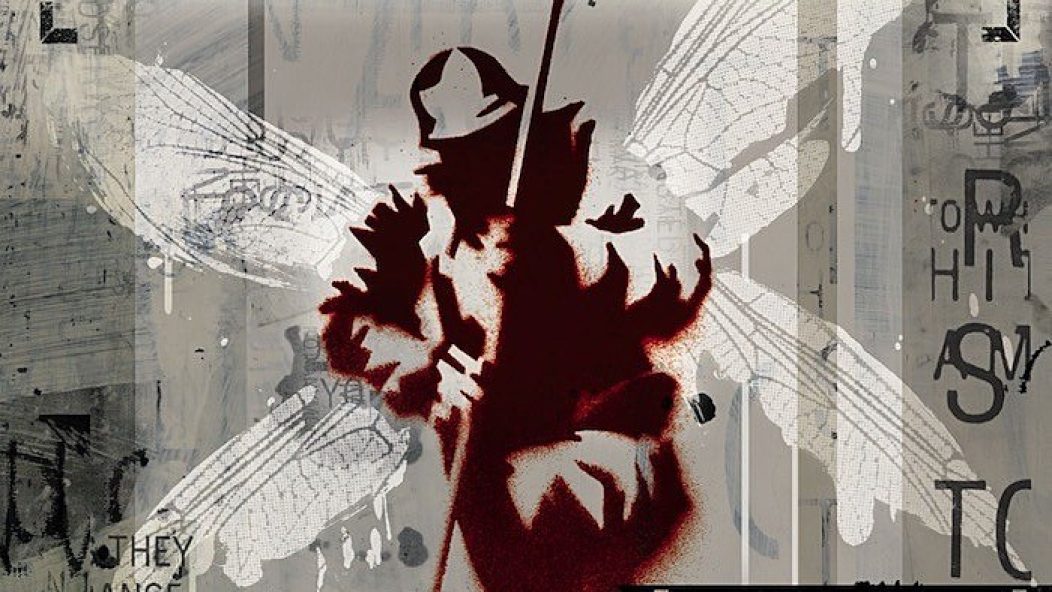
Linkin Park’s ‘Hybrid Theory’: A track-by-track breakdown and what the lyrics mean
It’s hard to believe that 17 years have passed since Linkin Park released one of the best-selling debuts of the 21st century. Coming in with a whopping 30 million copies sold, Hybrid Theory is a beast of its own volition and presented Linkin Park as a force to be reckoned with.
Littered throughout the album are lyrics that deal with substance and physical abuse, heartbreak and most of all, anger. With Hybrid Theory, Linkin Park created the perfect soundtrack for the disenfranchised youth of the past 17 years—and we’re completely thankful for it.
Read more: Linkin Park announce Chester Bennington tribute show will stream for free
1. “Papercut”
Not only is this one hell of a badass album opener, but it’s also one of the killer four singles that helped propel Linkin Park into the stratosphere of musical legend. It lays the groundwork for the mammoth career that was to come and gets straight to business in exposing their flaws—a trait they always wore on their sleeves.
2. “One Step Closer”
Another mega-hit, the chugging guitar intro makes way for a rap-metal onslaught before Chester Bennington breaks in with “I cannot take this anymore/Saying everything I’ve said before.” According to Genius user metalmike, this first verse, along with the unforgettable chorus, was written due to Bennington’s “exasperation of handing lyrics to Hybrid Theory producer Don Gilmore, only for Gilmore to hand the lyrics back to him and tell him to rewrite them.”
3. “With You”
That swirling sound of DJ Joe Hahn’s scratching introduces a song that might not be as well known as the two tracks before it, but it’s a heavy-hitter, nonetheless. “Even if you’re not with me/I’m with you,” Bennington growls, segueing into the chorus.
4. “Points Of Authority”
Potentially more famous for its remix release as a part of Reanimation in 2002, the original version of this song relies less on the electronic elements and sticks true to the nü-metal formula. A difficult one to unpack, it deals with the subject of abuse, or as Genius user hugh_gerection interprets: “A song about child abuse and how it marks you for life. Linkin Park lead singer Chester Bennington was sexually abused throughout a long period of his childhood.”
5. “Crawling”
This is another track that deals with abuse, though this time regarding substances. Genius user theuncommonmethod believes the sink whirling “is a metaphor for how Chester feels about the problem he is facing.” Along with the more obvious references to withdrawal symptoms in the chorus’ opening lines (“Crawling in my skin/These wounds they will not heal”), the song’s drug references are Bennington’s way of dealing with his demons and allowing us to find solace alongside him.
6. “Runaway”
Genius user DylanSab interpretation: “Basically, it describes what someone can feel when he or she feels… tortured by society and [simply] decides to escape.” DylanSab also mentions it wasn’t received well by critics due to feeling too targeted at teenagers for its content. It’s hard to deny this fact, but the band knew there was an audience that needed them to vocalize it—and they did.
7. “By Myself”
A brute of a track, “By Myself” deals with similar themes as “Crawling.” Genius user Josiah Botting interprets it as being about “a person with no self-confidence, as well as a drug problem. Both of these were issues that Chester Bennington faced throughout his lifetime.”
8. “In The End”
Easily the biggest Linkin Park track, going by the tour numbers, and sales (2,555,000 as of 2014), it’s a signature that’s synonymous with that Linkin Park nü-metal sound. The slow piano intro, which leads to the dramatic story they tell, is as famous as the chorus itself. Of the track, Mike Shinoda revealed in the liner notes of the LP Underground 11 CD, “I remember putting this together in our rehearsal studio on Hollywood and Vine, working overnight in a room with no windows. I had no idea what time of day it was; I just slept when I was tired, and worked on this song until it took shape. The first guy to hear it was Rob, who told me (I’m paraphrasing) that this was ‘exactly the kind of song he wanted us to write.’”
9. “A Place For My Head”
There’s something particularly haunting about the riff that welcomes this track. Coupled with the striking drum beats and scratches, it holds a threatening level until the chorus hits—which was perfectly melodic in a way that only Linkin Park can achieve. “I want to be with the energy/Not with the enemy” refers to Bennington’s wanting “to be in a more emotionally, mentally and psychologically positive place, instead of being unhappy somewhere that just sucks up his energy,” according to Genius user RocheCoach.
10. “Forgotten”
The way “Forgotten” kicks in, taking no prisoners, is the epitome of Linkin Park’s attitude. Genius user Anthony Rienzo explains: “I feel like he is truly trying to remember or interpret a memory or dream. But everytime he comes close to remembering/interpreting this memory or dream, he loses his grip and gets consumed by the darkness all around.”
11. “Cure For The Itch”
Although it’s a somewhat instrumental track, save for the spoken word moments, it’s Hanh’s time to shine, really cementing the nü-metal flavors Linkin Park are known for. Genius user Spencersky also notes that the song’s title plays on the DJ scratching throughout. Clever!
12. “Pushing Me Away”
A finale that pretty much sums up the album before it, both musically and lyrically. The song deals with the familiar theme of recognizing that someone you’re trying to count on is unhealthy and they’re ultimately testing you—which pushes you away. As the final song fades out, no one could’ve expected the everlasting legacy these 12 tracks would create.
